MIT’s Nuclear Lab has an unusual plan to jump-start advanced-reactor research
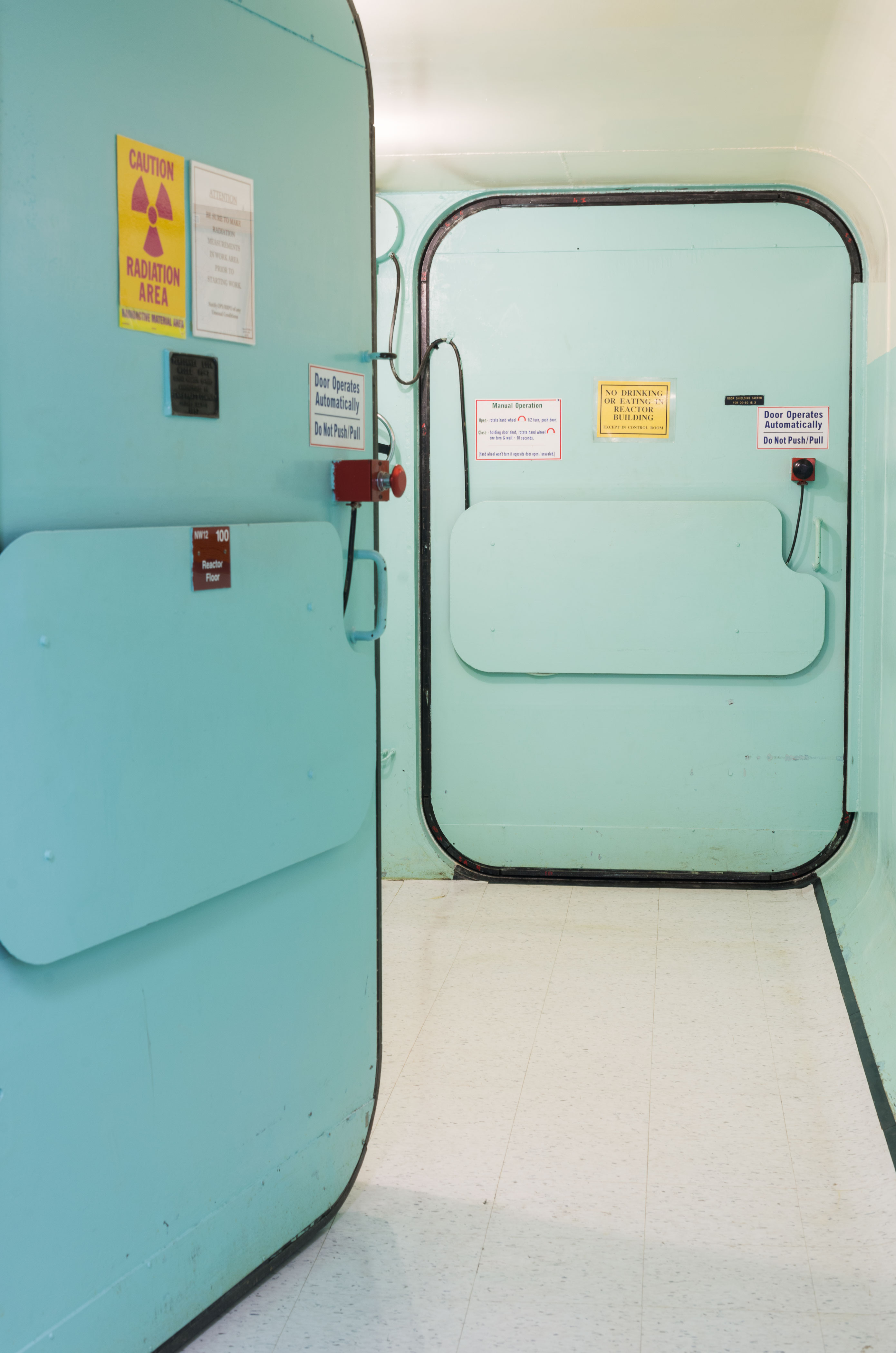
Scientists at the MIT Nuclear Reactor Laboratory have devised an unconventional plan for accelerating the development of a small, safe, cheap nuclear reactor: they want to build a prototype that piggybacks on their existing facility.
Since the planned one-megawatt demonstration reactor would be incapable of sustaining a fission reaction on its own, the researchers believe they could avoid building a standalone experimental prototype, which the Nuclear Regulatory Commission generally requires. That site selection and licensing process can take a decade or longer, so the hope is that this approach could cost hundreds of millions of dollars less and take half as much time to build.
The university lab operates a six-megawatt light-water-cooled research reactor on the northwest side of campus, housed within a powder-blue steel and concrete containment building. The proposed “subcritical facility” would be built adjacent to the hexagonal core, taking over a pair of medical irradiation rooms once used for experimental cancer treatments.
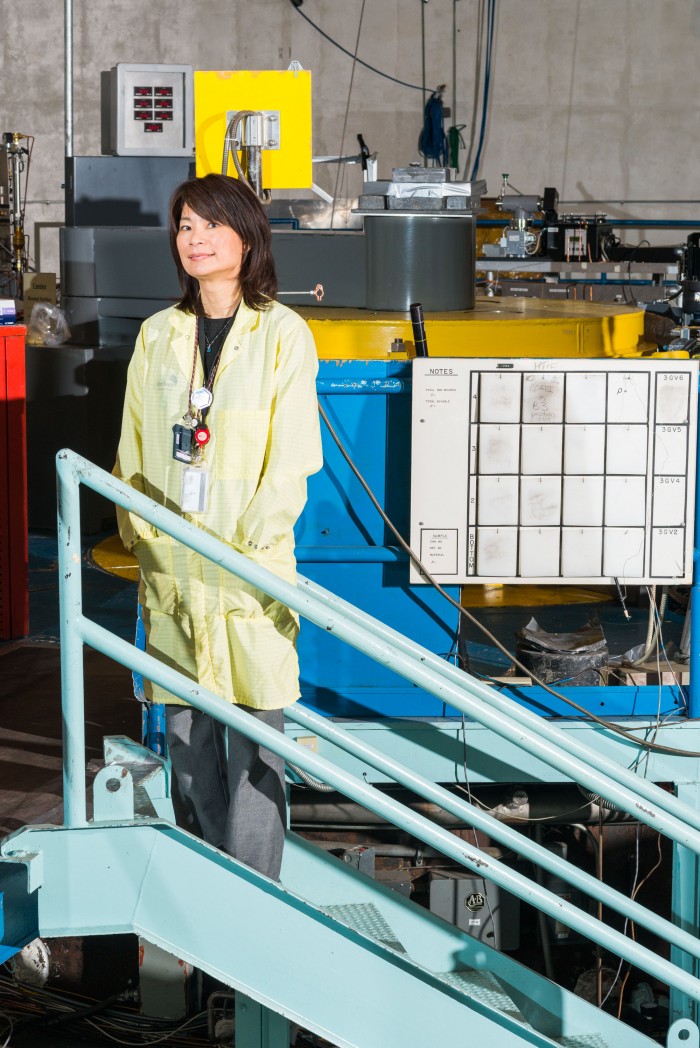
It would be about half the size of a typical demonstration reactor and would depend on neutrons generated by the main reactor to instigate the fission chain reaction in its fuel. That means the project would probably require only an amendment to the existing permit on MIT’s reactor, which went online in 1974, says Lin-wen Hu, the principal research scientist at the lab and the proposal’s developer.
The researchers specifically want to test designs for a small, transportable molten-salt-cooled reactor, intended for off-grid purposes such as generating electricity for remote villages or worksites. Molten-salt reactors, first researched in the 1950s, are a subject of growing interest in the field because of the potential they offer for greater safety and lower costs compared with traditional nuclear power plants.
The subcritical facility might or might not ultimately eliminate the need for a prototype before moving to a full-scale reactor, depending on whether the test results and other analyses satisfy the safety concerns of regulators. But either way, it should provide crucial data about the feasibility of this approach, potentially making it easier to secure the funds and approvals necessary to move the project forward.
“If everybody has to wait for something to be built with billions of dollars at risk, it’s just going to hold us back,” Hu says.
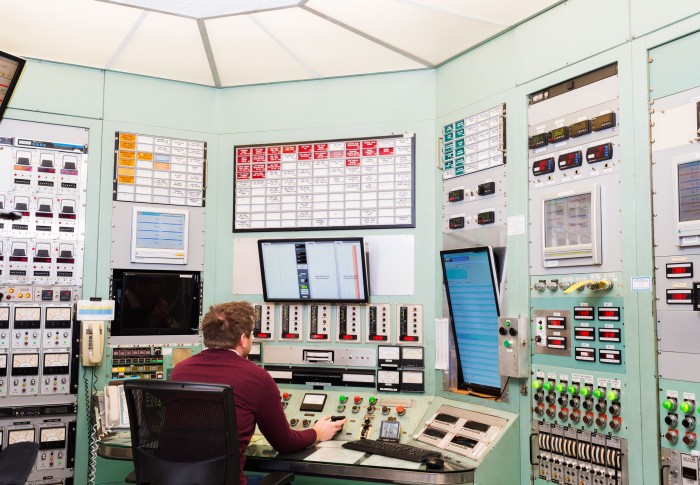

The grand hope is that the test facility could help jump-start advanced reactor designs in the United States, where nuclear research has lagged amid concerns over safety, a long history of boondoggles, and daunting regulatory requirements. There is a growing fear that the nation is losing its leadership position in the sector, particularly as China plows ahead with an ambitious program for nuclear plant construction and research on advanced reactor designs.
David Petti, chief nuclear scientist at the Idaho National Laboratory, is skeptical that the NRC would view this as a replacement for a standalone prototype, which is generally required along the way to constructing a full-scale reactor. But he thinks that some version of this approach will be necessary anyway, in order to give the NRC enough confidence to sign off on any prototype molten-salt reactor. He adds that early discussions are under way to evaluate whether similar projects could be developed around reactors at national labs, including Idaho and Oak Ridge, under a Department of Energy program established to provide technical support to private nuclear companies. But there’s simply more room at the MIT facility, which means the project could be significantly cheaper and easier there, Petti says.
“This could potentially be a much more efficient approach,” he says. “It’s a unique capability that I think needs to be explored, and could really help the technology development of this concept.”

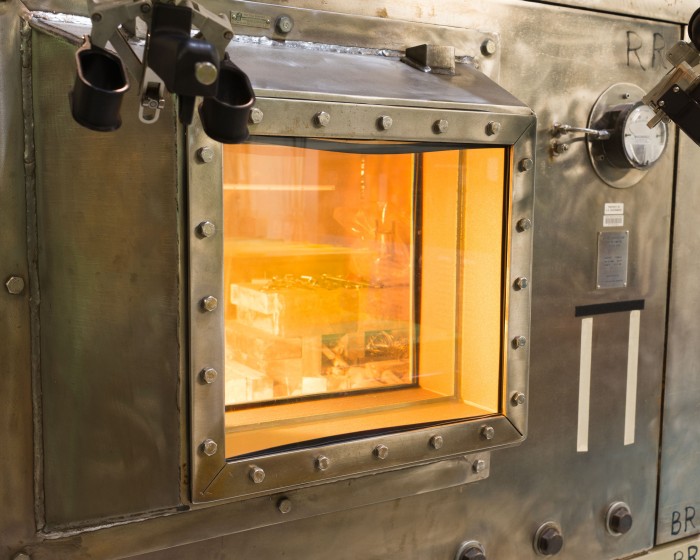
Molten-salt reactors are considered inherently safer and more stable than conventional designs. Using salts rather than water as the coolant means the reactors can operate at higher temperatures and at ambient atmospheric pressure. This improves efficiency, reduces containment costs, and enables cooling even in the event of a power loss. Startups such as Transatomic, Terrestrial Energy, and Kairos Power are all trying to develop versions of this next-generation nuclear technology.
The MIT lab intends to begin looking for funding sources next year, potentially including the Department of Energy or nuclear power startups. Depending on where the interest comes from, it may move ahead with its own research program or partner with companies looking to test their designs.
The project is estimated to cost around $15 million before the cost of fuel, says David Moncton, director of the MIT lab.
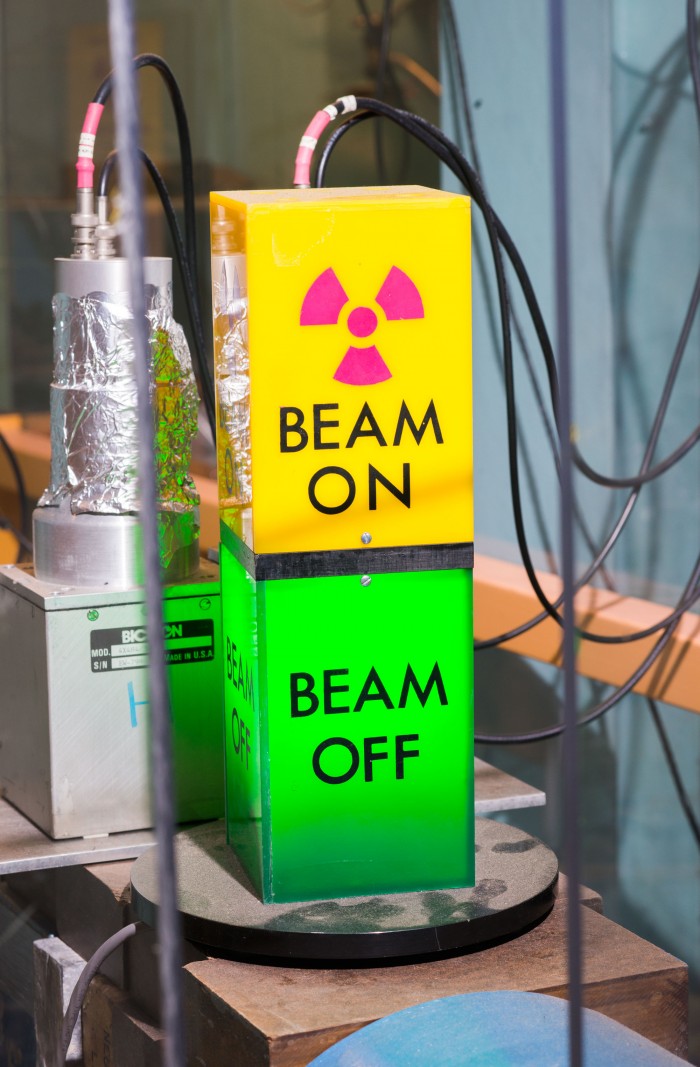
Keep Reading
Most Popular
Large language models can do jaw-dropping things. But nobody knows exactly why.
And that's a problem. Figuring it out is one of the biggest scientific puzzles of our time and a crucial step towards controlling more powerful future models.
The problem with plug-in hybrids? Their drivers.
Plug-in hybrids are often sold as a transition to EVs, but new data from Europe shows we’re still underestimating the emissions they produce.
How scientists traced a mysterious covid case back to six toilets
When wastewater surveillance turns into a hunt for a single infected individual, the ethics get tricky.
Google DeepMind’s new generative model makes Super Mario–like games from scratch
Genie learns how to control games by watching hours and hours of video. It could help train next-gen robots too.
Stay connected
Get the latest updates from
MIT Technology Review
Discover special offers, top stories, upcoming events, and more.